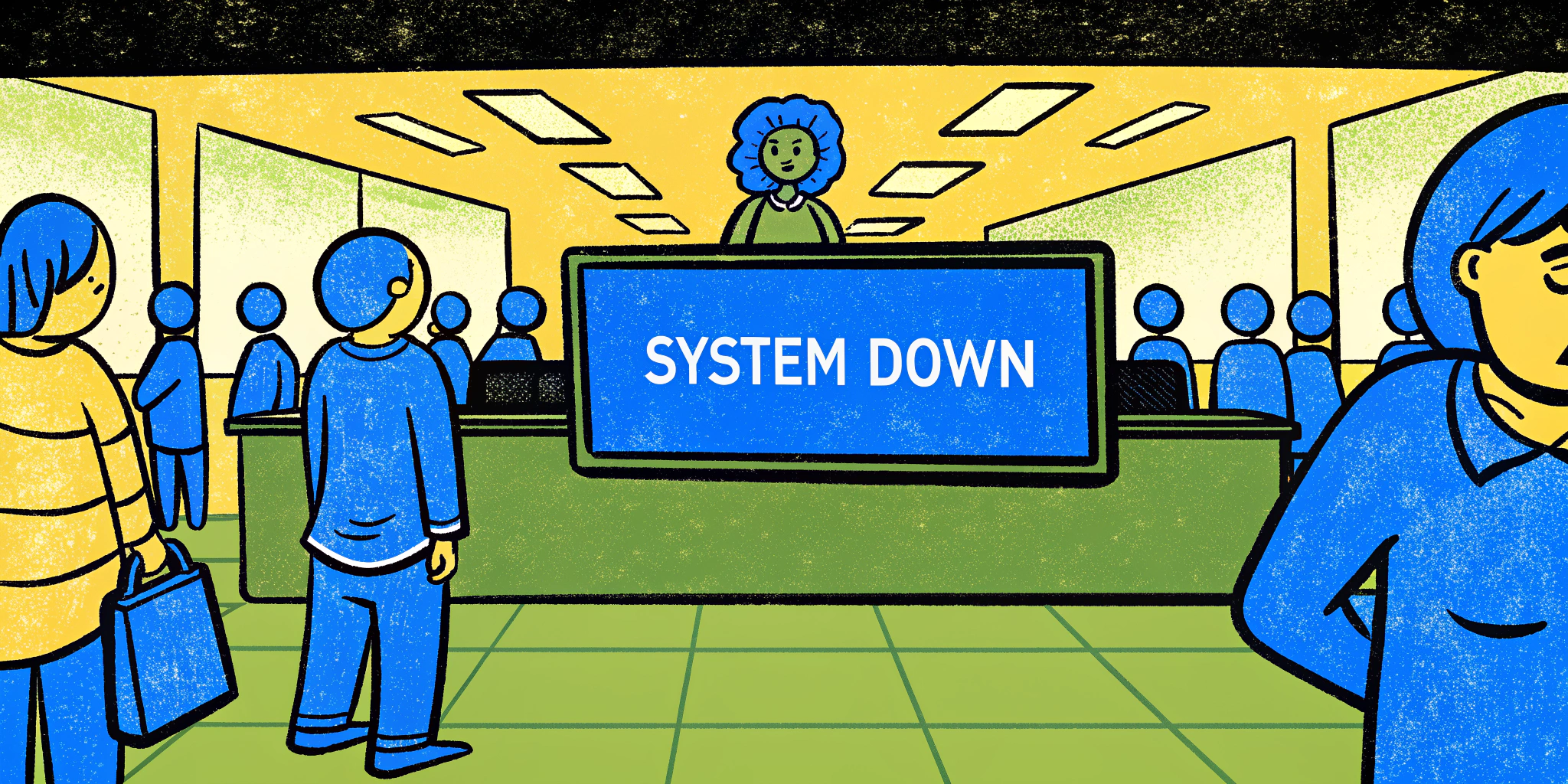Interviews can be stressful, particularly when you’re hit with a behavioral question like: “Describe a time when you solved a difficult problem.” Mastering this question requires preparation, structure, and a specific approach to truly impress the interviewer.
Hi, I’m Alex Hunter, a career coach and content creator helping job seekers for nearly a decade. From mock interviews to resume tweaks, my goal is simple: I want to help you land your next job. Today, I’ll walk you through this tricky interview question with actionable advice and two polished sample answers. Plus, I’ll share a personal tool I’ve been obsessed with—Ninjafy AI, which simulates real-life interview scenarios to help you ace your preparation.
Why Is This Question Asked?
Understanding why interviewers ask certain questions can change how you approach them. The query “Describe a time when you solved a difficult problem” tests more than your ability to think on your feet—it evaluates critical skills like:
- Problem-solving ability
- Pressure management
- Initiative and independence
- Communication and teamwork
Most importantly, it gives interviewers insight into how you navigate real-world challenges.
The Power of the STAR Technique
To answer this question effectively, you need a structure that ensures clarity and completeness. Enter the STAR technique:
| Component | What to Highlight |
|---|---|
| S – Situation | Describe the context of the problem or challenge. |
| T – Task | Specify the goal you needed to achieve. |
| A – Action | Explain the steps you took to address the challenge. Highlight individual contributions! |
| R – Result | Conclude by detailing the outcome and its impact. Keep it positive. |
By grounding your response in real-world experiences using STAR, you’ll appear organized and results-driven.
Essential Tips for Answering
Tip 1: Be Specific, Not Hypothetical
Many candidates lose points by providing hypothetical (“I would do…”) responses. Your answer should be grounded in actual experiences. Paint a vivid picture of how you’ve handled a tough situation, not how you might handle it.
Tip 2: Add Pressure to the Story
Interviewers love to evaluate how you handle stress, so include aggravating factors like deadlines or resource limitations to emphasize your ability to perform under pressure.
Tip 3: Demonstrate Independence
Show that you’re resourceful and don’t require constant hand-holding or managerial input. Employers want candidates capable of being self-starters.
Tip 4: Keep It Professional
Avoid personal issues or irrelevant anecdotes. Focus on situations that are work-related or showcase transferable skills.
Sample Answer #1: Payment System Crisis
Here’s an example tailored for a customer service role:
Question: Describe a time when you had to solve a difficult problem.
“In my current role as a Customer Service Assistant for a builder’s merchant store, I often handle online payments. One Friday afternoon, during peak business hours, our payment system crashed. To make matters worse, I was working alone because my manager was on a late lunch break, and I had five customers waiting to pay. They needed their purchases to complete their jobs before the weekend.
Situation: Recognizing the urgency, I stayed calm and informed the customers of the issue while assuring them I’d find a quick solution.
Task: I needed to process all their payments efficiently despite the system setback.
Action: I first asked if anyone could pay with cash, reducing the queue by two. Then, I contacted the payment system provider to understand the downtime, learning it would take an hour to fix. Without further delay, I issued temporary credit accounts for the remaining three customers, explaining they’d receive invoices which could be settled later. This solution kept their projects on track while preventing any financial loss for our company.
Result: All five customers were satisfied, and I successfully resolved the issue without escalating it to my manager. This experience solidified my ability to remain calm under pressure and take decisive action independently.”
Why It Works:
This example is specific, follows STAR, and demonstrates initiative, crisis management, and customer-focus—traits key for customer service roles.
Sample Answer #2: Workplace Conflict
Sometimes problems aren’t technical—they’re interpersonal. Here’s a second scenario:
Question: Describe a time when you solved a difficult problem.
“In my previous job, I noticed tension growing between two colleagues, which began affecting team morale. They were often short-tempered with one another and engaged in unproductive arguments.
Situation: I realized this conflict could hinder not just their efficiency but the overall team performance.
Task: While it wasn’t my responsibility, I decided to mediate and address the issue directly before it escalated.
Action: I spoke to each colleague privately to understand their perspectives. Then, I arranged a meeting where the three of us could discuss the issues calmly and constructively. During this meeting, I encouraged mutual understanding and proposed we gradually rebuild trust by socializing outside the office in neutral settings.
Result: Three months later, their working relationship improved significantly, and our team dynamics became stronger. My manager even acknowledged the improvement during our quarterly team reviews.”
Why It Works:
This example shows initiative, emotional intelligence, and conflict resolution—skills valued in leadership and HR roles.
Pro Strategies for Problem-Solution Questions
Let’s go beyond the basics and explore advanced tactics for interview success:
- Highlight Innovation: Showcase unique approaches or creative thinking in your problem-solving process.
- Quantify Results: Wherever possible, use metrics to illustrate the tangible impact of your actions (e.g., improved efficiency by X%, retained customers, or saved budget).
- Practice Problem-Solution Scenarios: Conduct mock interviews with tools like Ninjafy AI to simulate high-pressure scenarios tailored to your job role.
Using Ninjafy AI for Realistic Practice
I can personally vouch for Ninjafy AI as a game-changer. It features tailored interview simulations aligned with your career path and incorporates advanced behavioral algorithms to analyze your responses. Here’s what makes it so effective:
- Personal Model Training: Its GPT-4.0-powered Personal Model uses your resume data to create relevant questions and sample answers.
- Industry Specificity: Ninjafy’s Industry Brain ensures questions reflect the unique challenges of your field.
- Live Assistance: During mock interviews, you’ll receive real-time guidance to refine your answers promptly.
According to their statistics, 39% of users using Ninjafy AI secured their dream offers—proof of its value in interview preparation. The invisible Eyetrack™ technology also made me feel more confident in maintaining steady eye contact during video interviews.
The free trial of two mock interviews is worth a shot, but for serious preparation, the paid plans are affordable, especially compared to hiring a coach.
Wrapping Up
Mastering the art of answering problem-solving questions boils down to preparation, structure, and practice. Stick to the STAR technique, personalize your examples, and don’t shy away from using modern tools like Ninjafy AI to polish your skills. With these strategies, you’ll walk into your next interview not just prepared—but confident and capable.
Good luck in your next interview! Drop a comment below if you’d like tailored advice, and feel free to share which challenging interview questions you’ve faced lately.




